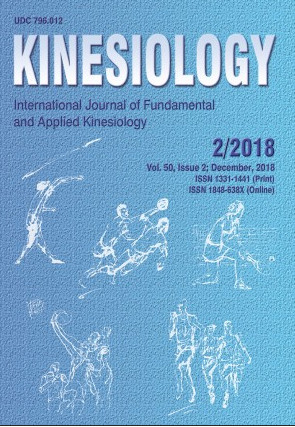The aim of this study was to compare the physiological, mechanical and perceptual responses to two sprint interval training (SIT) sessions with very short vs. long sprints, and to verify if those differences could be reflected in measures of acute fatigue. Eleven physically active men performed, after the maximum oxygen consumption (VO2max) determination, SIT5s (16×5s with 24s of recovery) and SIT20s (4×20s with 120s of recovery) in random order on a cycle ergometer. Physiological, mechanical, and perceptual responses were evaluated during and after the sessions. The countermovement jump (CMJ) height and autonomic control of heart rate (HR) were evaluated before and after the sessions. Diet was also controlled through recall questionnaires. During the training, SIT5s exhibited greater HR, VO2, power output, and total work (TW) (p<.05). In contrast, respiratory exchange ratio (RER), rate of fatigue (RF), and blood lactate (BLa) % accumulation were greater in SIT20s (p<.05). The OMNI-cycle Scale Rating of Perceived Exertion (OMNIcycle scale) and Feeling Scale (FS) scores were similar during both protocols (p>.05). A faster HR recovery (HRR) and a higher CMJ height were observed after the SIT5s (p<.05). However, HR variability (HRV) was similarly depressed after both protocols (p>.05). Some correlations between the mechanical and physiological responses were revealed only in the SIT5s. SIT5s was demonstrated to be more efficient as exhibited by greater mechanical responses associated with a higher aerobic activity, when compared to the volume-matched SIT protocol of longer sprints. Simple monitoring tools such as HRR and CMJ could help practitioners to detect differences in acute fatigue after different SIT sessions.
Sažetak

 Kinesiology : 50,2(2018) / editor-in-chief Dragan Milanović.
Kinesiology : 50,2(2018) / editor-in-chief Dragan Milanović.